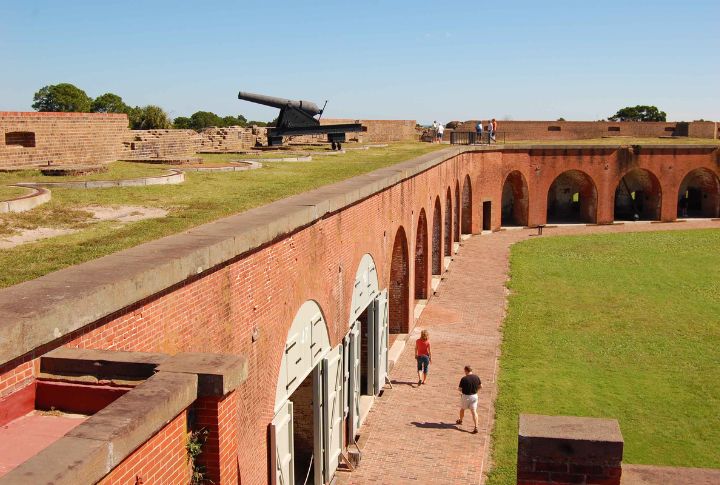
The Civil War left behind more than just stories; its echoes still linger in the timeless forts scattered across America. These strongholds stand as enduring reminders of strategy, resilience, and sacrifice. Their walls hold secrets of battles that shaped history, offering a glimpse into the past through their preserved structures and remarkable legacies. Prepare to step into history’s footprints.
Fort Sumter
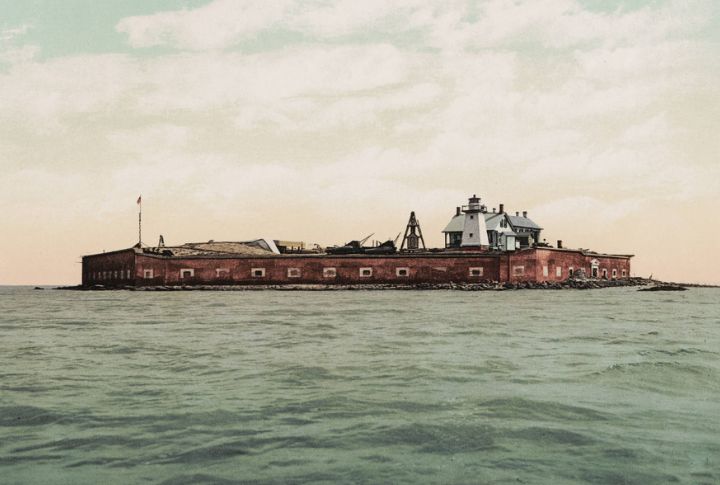
The opening shots of the civil conflict thundered from Fort Sumter in April 1861, marking the conflict’s dramatic beginning. This Confederate stronghold in Charleston Harbor was bombarded for 34 hours before surrendering. Its ruins reflect resilience and strife, serving as a reminder of the tumultuous start.
Fort Monroe
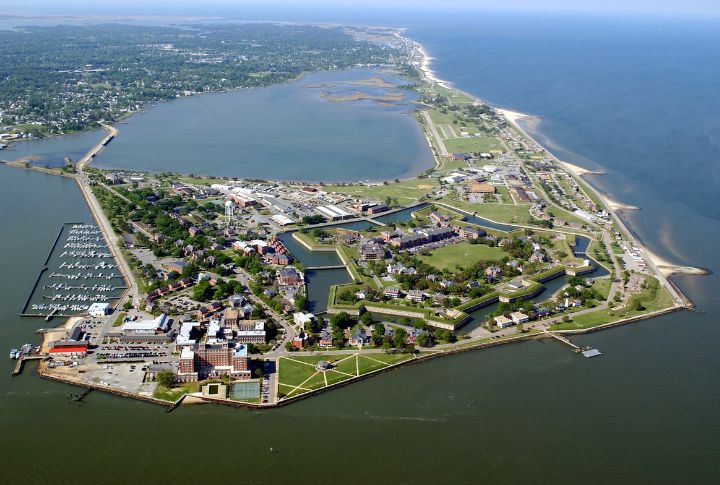
Dubbed “Freedom’s Fortress,” Fort Monroe provided sanctuary to thousands of escaped enslaved people during the struggle. Located in Hampton, Virginia, this Union stronghold overlooked the Chesapeake Bay. The fort’s unparalleled strategic value and humanitarian role made it an essential symbol of freedom amid a divided nation.
Fort Pulaski
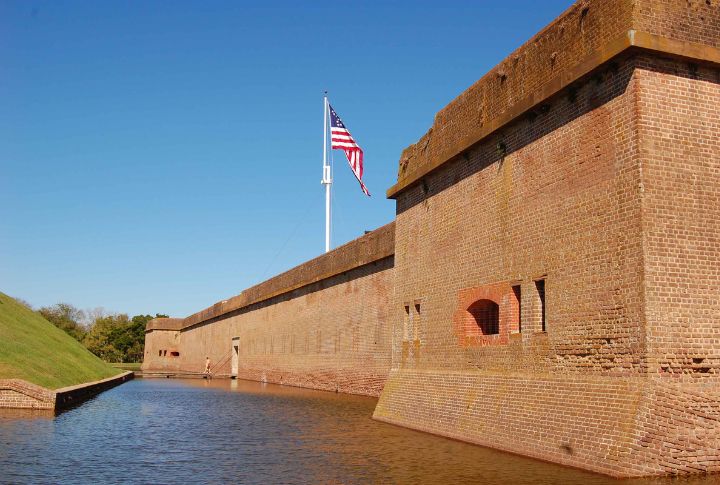
Fort Pulaski on Cockspur Island, Georgia, fell to Union forces in 1862, which was a turning point in military tactics. The use of rifled artillery revolutionized siege warfare, breaching the fort’s sturdy walls. Today, its restored drawbridge and imposing moat exemplify martial innovation and fortification design.
Fort Fisher
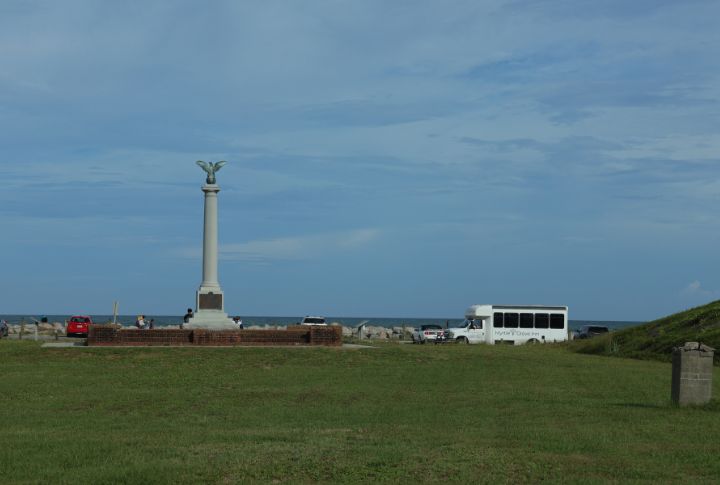
Protecting Wilmington, North Carolina, Fort Fisher was critical for Confederate blockade runners. The Union’s relentless assault in January 1865 resulted in its capture, cutting off essential Southern supply lines. Its surviving earthworks and artifacts reveal the final struggles of a Confederacy on the brink of collapse.
Fort Donelson
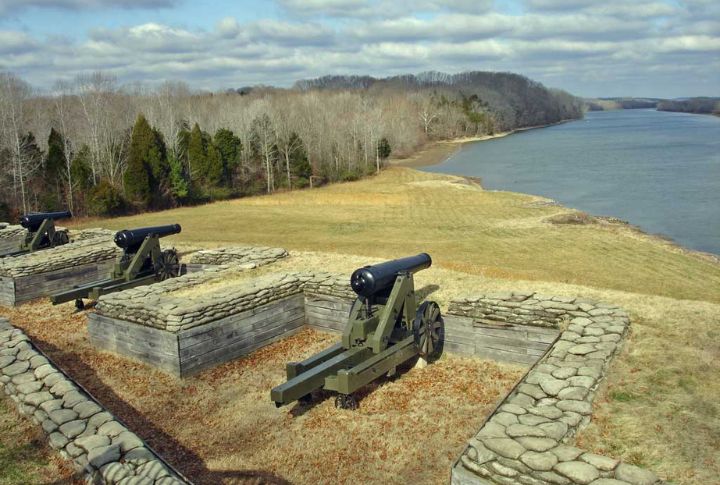
Fort Donelson’s capture in February 1862 by Union forces marked a decisive victory in the Western Theater. Over 12,000 Confederate troops surrendered, handing control of the Cumberland River to the North. The site’s battlefields and earthworks still convey the immense strategic importance of this pivotal fort.
Fort Gaines
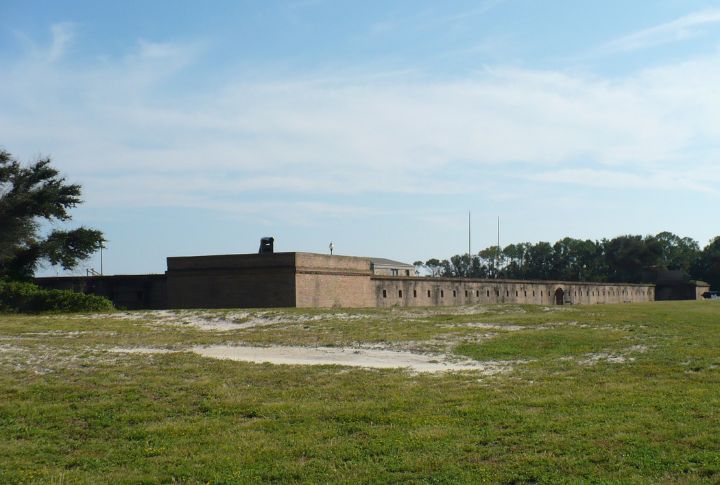
The Battle of Mobile Bay in Alabama brought this fort into the spotlight as a critical site in the Union’s naval campaign. Strategically located on Dauphin Island, the fort played a vital role in controlling access to the bay. Visitors today can explore its original cannons and well-preserved structures, which offer a glimpse into one of the most dramatic naval confrontations.
Fort Jackson
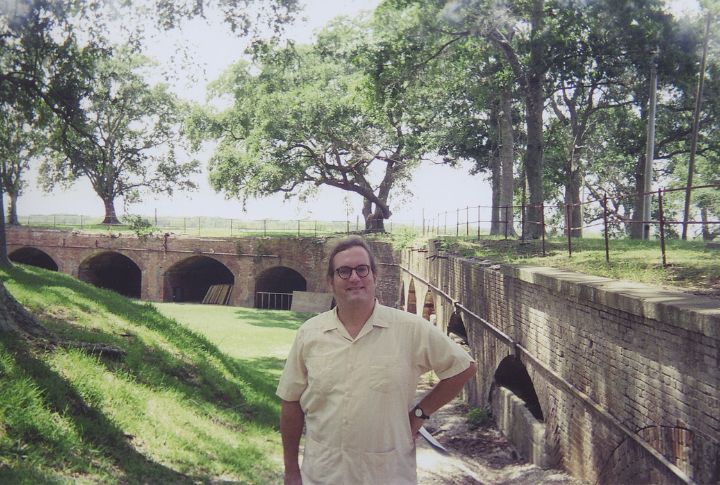
Fort Jackson endured a brutal Union bombardment in 1862 during the campaign for New Orleans. Built along the Mississippi River, it symbolized Confederate resistance until its surrender. Although weathered by time, the site preserves echoes of one of the most decisive battles in the Gulf region.
Fort Pickens
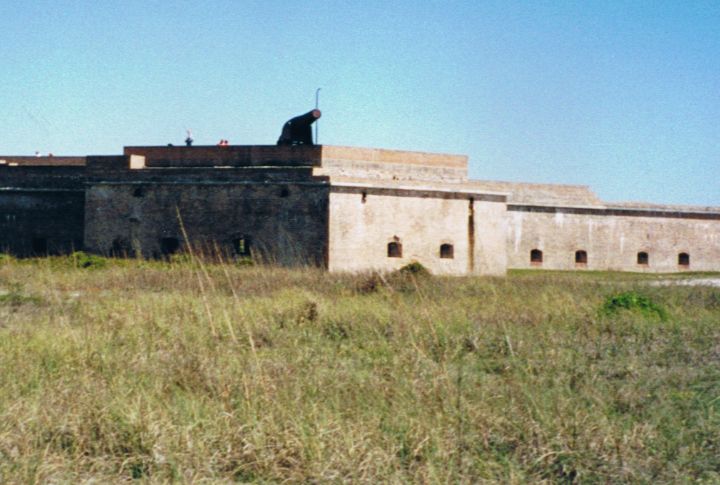
The Fort Pickens is located on Santa Rosa Island. With its sturdy masonry walls, it deterred Confederate advances. One of the few Southern forts held by Union forces throughout the conflict, Fort Pickens guarded Pensacola Bay. This fort exemplifies the Union’s strategic use of coastal strongholds deep within enemy territory.
Fort St. Philip
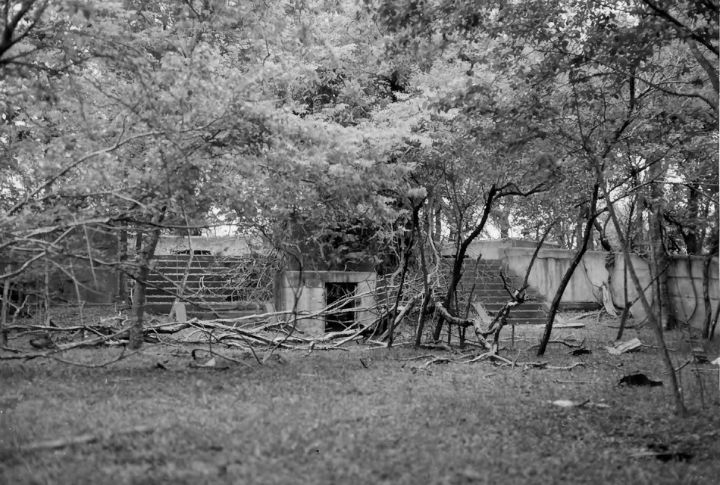
Opposite Fort Jackson, Fort St. Philip withstood days of heavy fire before New Orleans fell in 1862. Positioned along the Mississippi River, it was vital to Southern defenses. Its battered remains symbolize the Confederacy’s determined but ultimately unsuccessful efforts to hold critical supply lines.
Fort Barrancas
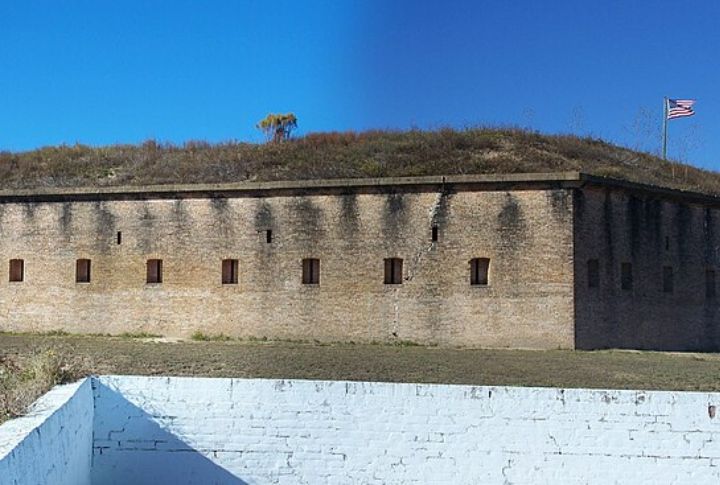
Fort Barrancas, overlooking Pensacola Bay, changed hands multiple times during the struggle. Its strategic position made it a focal point for both Union and Confederate forces. The fort’s complex tunnels and fortified walls reflect the era’s ingenuity in coastal defense and its enduring importance in the Gulf.
Fort Harrison
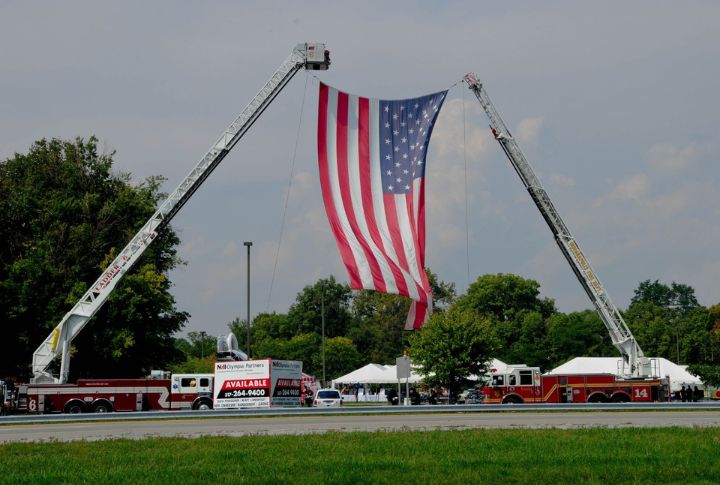
In 1864, Union troops breached Richmond’s defenses by capturing Fort Harrison, securing a critical foothold for advancing on the Confederate capital. This pivotal victory showcased Grant’s relentless strategy. Now, preserved earthworks and interpretive signage tell the tale of this bold and decisive campaign.
Fort Stevens
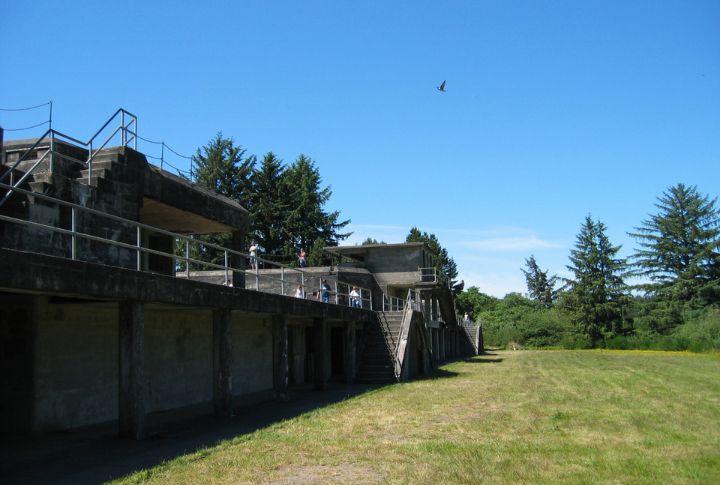
As Confederate forces attempted to storm Washington, D.C., in 1864, Fort Stevens played a critical role in repelling the attack. Notably, President Lincoln came under enemy fire here, adding a dramatic twist to its history. The fort’s memorials and structures commemorate its role in defending the Union capital.
Fort Pillow
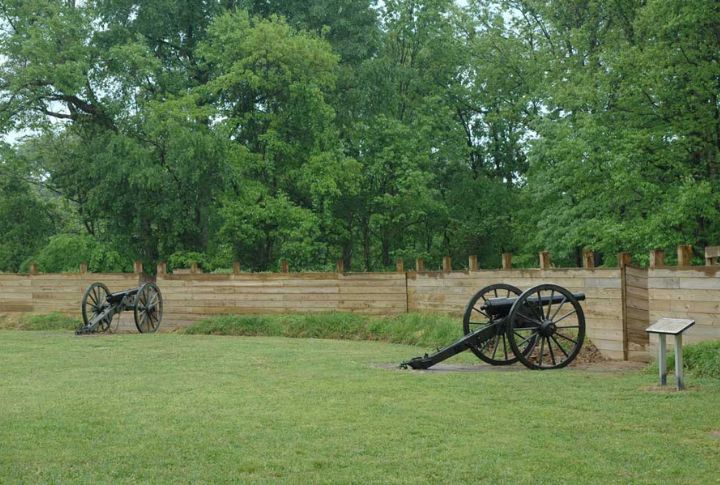
Perched on the Mississippi River, Fort Pillow is infamous for the 1864 massacre of Union soldiers, many of whom were African American. Captured by Confederate forces, it became a symbol of the racial violence of the era. Its state park offers a solemn reflection on this tragic chapter.
Fort Massachusetts
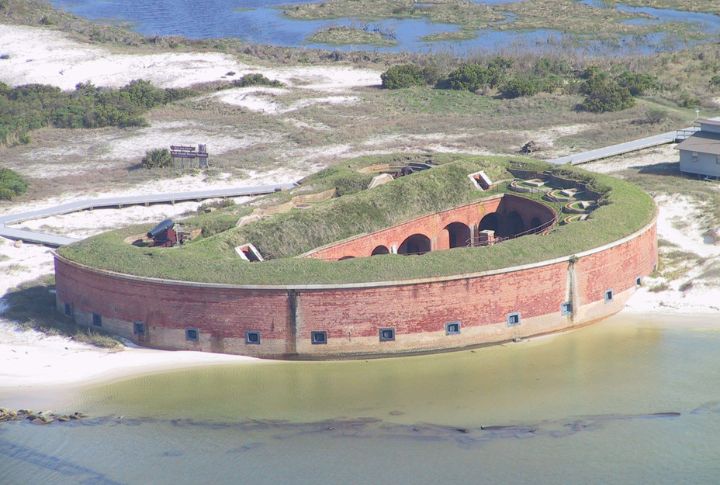
The Union solidified its dominance over Gulf Coast waters through Fort Massachusetts, stationed on Ship Island, Mississippi. With its enduring brick walls that reflect the North’s calculated approach to securing victory, this critical outpost blocked Confederate trade and provided a base for key naval maneuvers.
Fort Negley
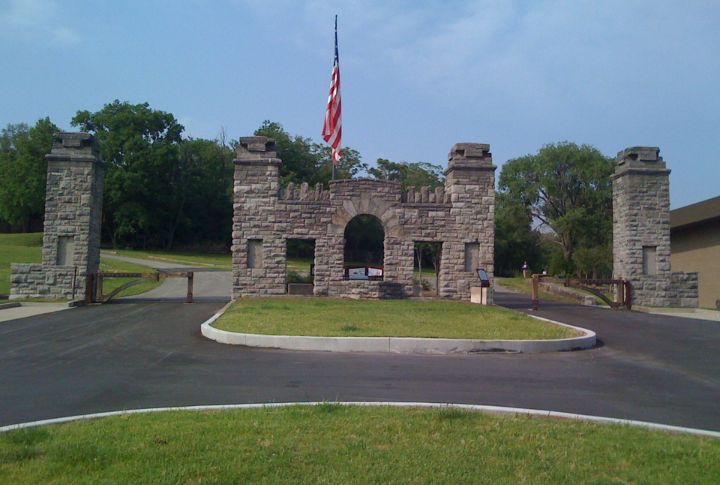
Nashville’s Fort Negley, constructed by Union forces with labor from freedmen and enslaved individuals, played a critical role in the conflict. As a symbol of Union control over a vital Confederate city, its significance endures. Educational exhibits today honor its dual legacy of warfare and emancipation.
Fort Anderson
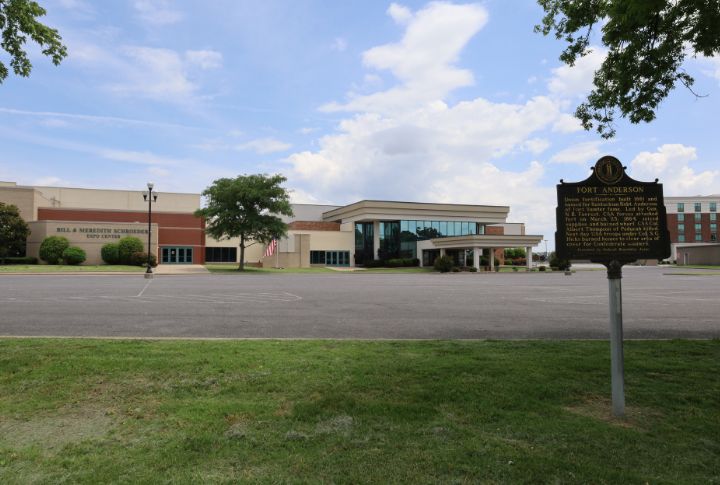
Relentless battles engulfed Fort Anderson, the Confederacy’s final stronghold on North Carolina’s Cape Fear River, before its capture in 1865. This loss led directly to Wilmington’s surrender. Today, trails through the site narrate the dramatic and desperate efforts to defend the South’s fading hope.
Fort Wool
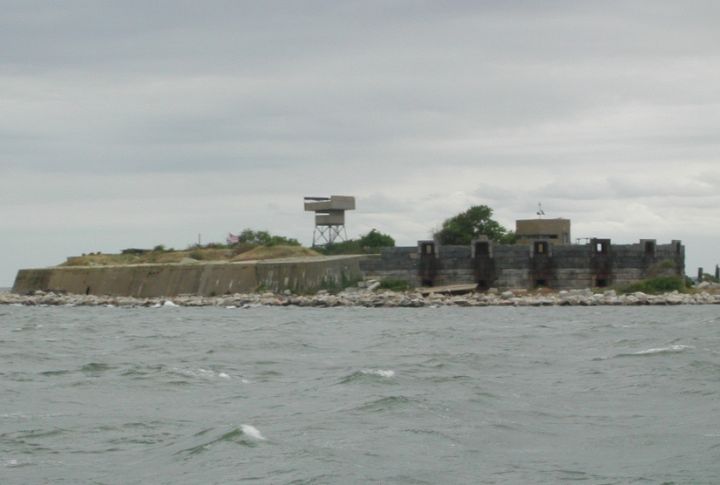
The Union constructed Fort Wool on a man-made island in Virginia. Positioned at Hampton Roads, it served as a vital stronghold for blocking Confederate supplies and securing Union trade routes. Although time has taken its toll, the fort’s enduring strategic impact on Chesapeake Bay history cannot be forgotten.
Fort DeRussy
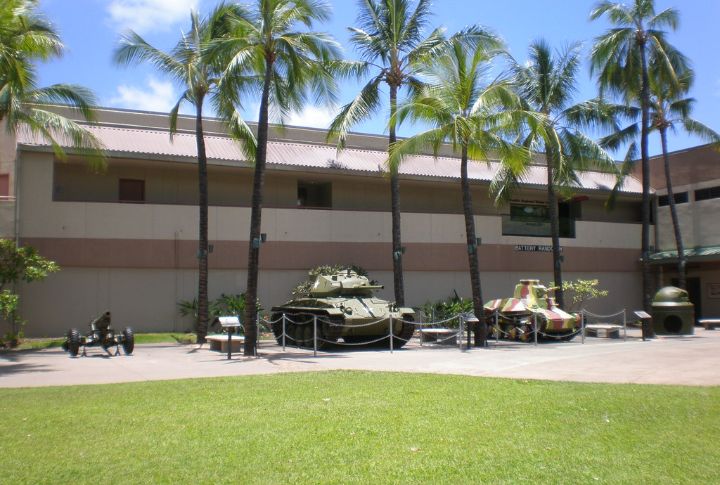
Fort DeRussy was part of Washington, D.C.’s defensive network, shielding the capital from Confederate attacks. Its earthen walls proved formidable during the conflict. Though largely forgotten today, its legacy highlights the Union’s dedication to protecting its political heart from Southern aggression.
Fort McAllister
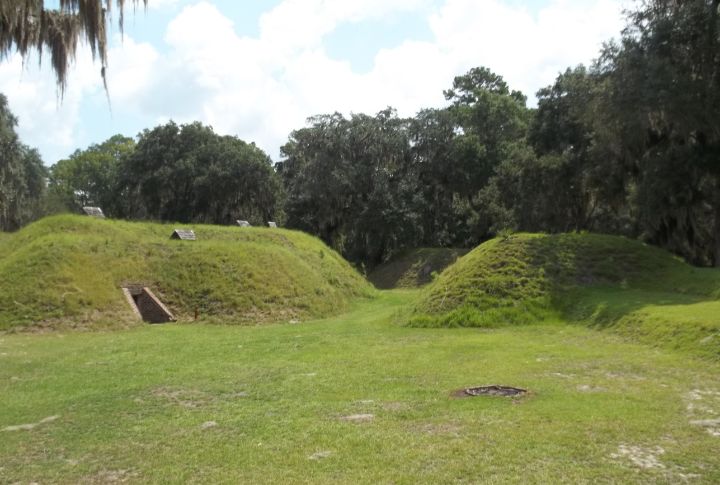
Situated along the Ogeechee River in Georgia, Fort McAllister endured multiple Union naval bombardments during the war. Its earthwork defenses, resistant to heavy artillery, made it a Confederate stronghold. However, Sherman’s troops overwhelmed it in 1864 during the March to the Sea, marking its fall as a strategic loss.
Fort Randolph
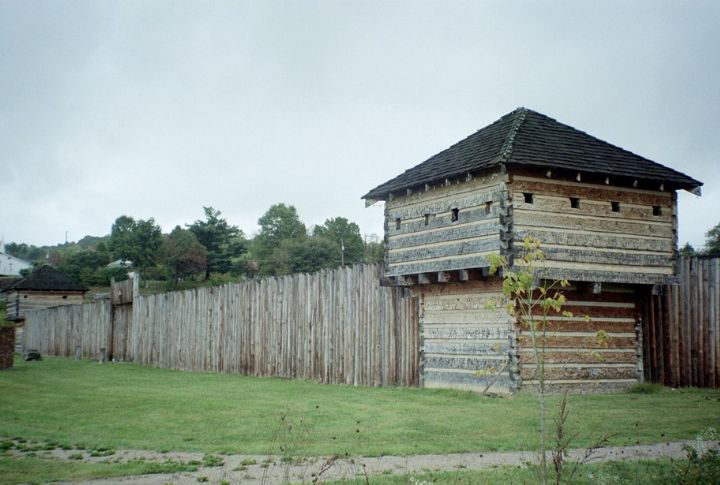
Guarding the strategic confluence of the Kanawha and Ohio Rivers, Fort Randolph served as a vital Confederate outpost during the Civil War. Positioned in West Virginia, it played a significant role in safeguarding supply lines. The fort’s reconstructed site now stands as a tribute to its historical significance.
